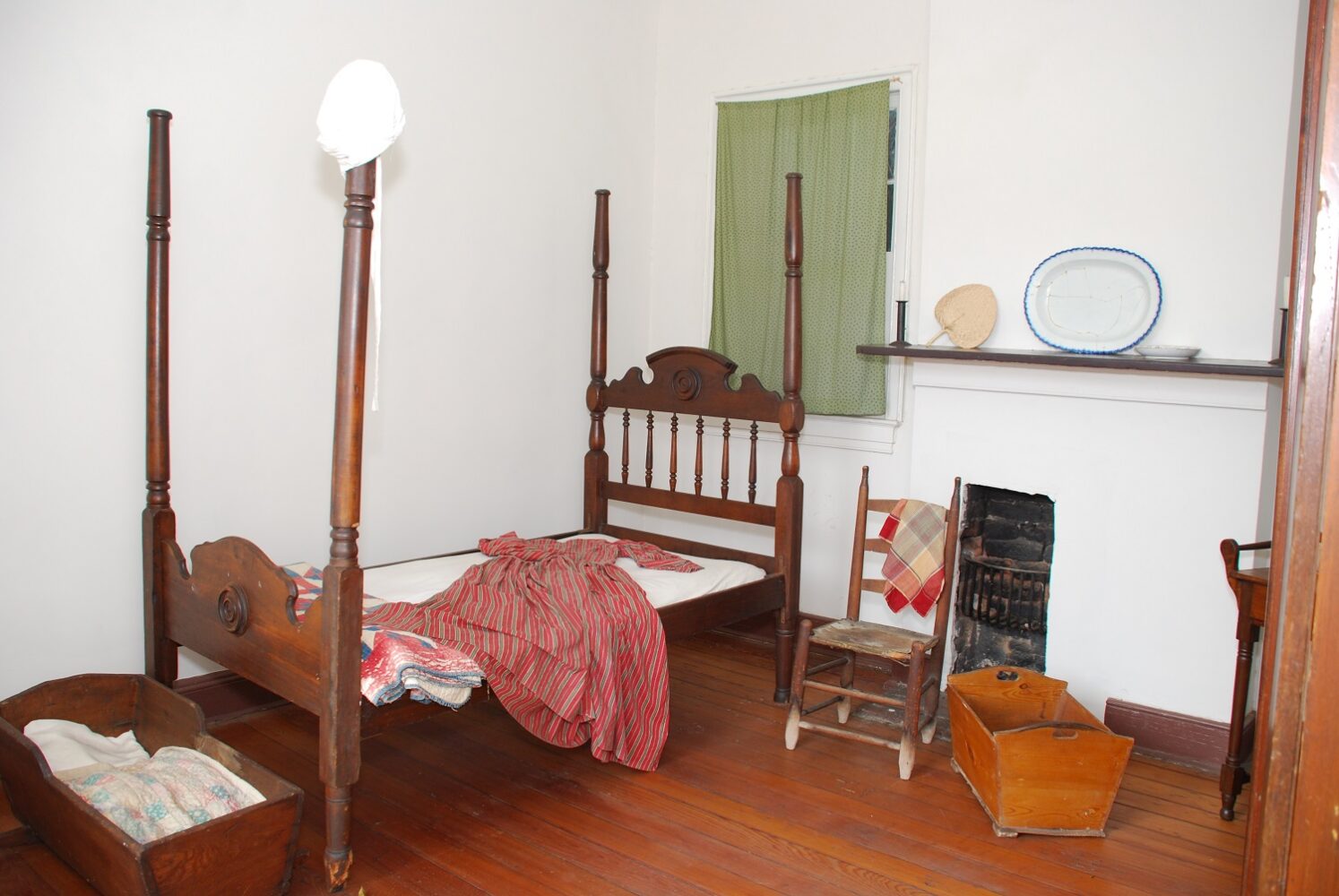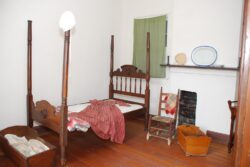Flipping the Narrative
Telling the story of urban enslavement
Published: November 29, 2022
Last Updated: June 1, 2023

Hermann-Grima House
A reconstruction of an enslaved person’s bedroom.
When the house was built, enslaved persons made up one third of the city’s total population. The majority of the city’s enslaved persons were highly skilled craftsmen, builders, cooks, blacksmiths, iron welders, and food vendors who helped make the Crescent City a hub of art and culture and an economic powerhouse, according to Zella Palmer, Director and Endowed Chair for the Ray Charles Program in African American Material Culture at Dillard University.
The ironwork, the furniture, and the buildings themselves were produced by the enslaved individuals and free people of color who lived and worked in the bustling French Quarter, added Palmer, who was a member of the advisory board that created the tour.
The reinterpreted Hermann-Grima House tour walks visitors through the experience of the enslaved men, women, and children who resided there. “We know of at least sixteen enslaved persons who lived on that property. We cannot let those sixteen stories be erased,” said Executive Director Tessa Jagger. The lives of Sophie, Marie, Oliver, and others enslaved on this French Quarter property, previously omitted from the storytelling of the house, are now shared on the tour.
“It’s important to acknowledge what slavery has built. This home from 1831 is still standing due to the highly skilled individuals—both enslaved and free people of color—who built this house,” said Jagger.
The creator of the tour, Anastasia Scott, said, “Reinterpreting this historic home honors the need to tell a fuller story of American history at large and that of nineteenth-century New Orleans history specifically.”
The idea of an Urban Enslavement Tour of the Hermann-Grima House began several years ago among the staff and the Board of Managers of the Women’s Exchange, which owns the house and another French Quarter home, Gallier House. Jagger, who was brought in as director in December 2019, really picked up the momentum of the project when she hired Scott as director of educational programming.
Scott, a highly sought-after museum expert and New Orleans native, dived into the research. She formed an advisory board of academics, public historians, and community leaders in mid-2020, which provided initial insight and later reviews of the tour itself. Finally, after many delays, including Hurricane Ida, the Urban Enslavement Tour started in October 2021.
“Telling the story of the African descended people who were part of this house is as essential to the story of the house as slavery is to telling the story of American history,” said Scott, who now works for the Georgia Historical Society in Savannah.
The reviews of the tour have been overwhelmingly positive. “People are grateful to learn about urban enslavement and how it relates to the history of the house,” Jagger said. The tour was even named one of the best tours in New Orleans recently by Condé Nast Traveler.
As Scott said, “Introducing visitors to narratives beyond decorative arts and elite slave-owning families is a great use of the space that opens the literal and proverbial window into the lives of the people that labored to make those ornate spaces what they were.”
Harriet Riley is a freelance nonfiction writer living in New Orleans. She has taught both creative writing and journalism, worked as a non-profit director and as a newspaper reporter. Riley recently published articles in Mississippi Folklife, Minerva Rising, and the Wanderlust anthology. She holds an MA in print journalism from UT Austin.
